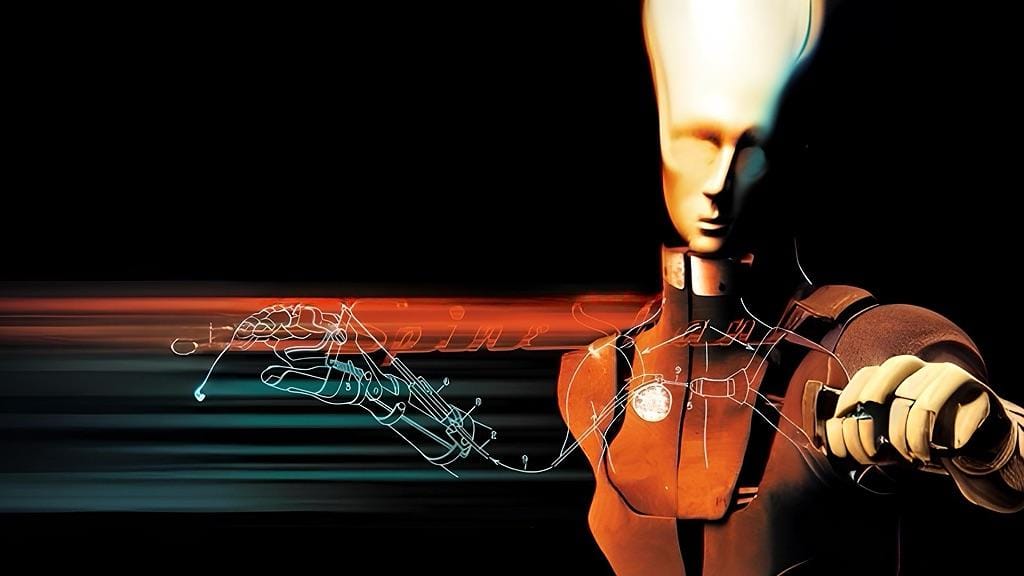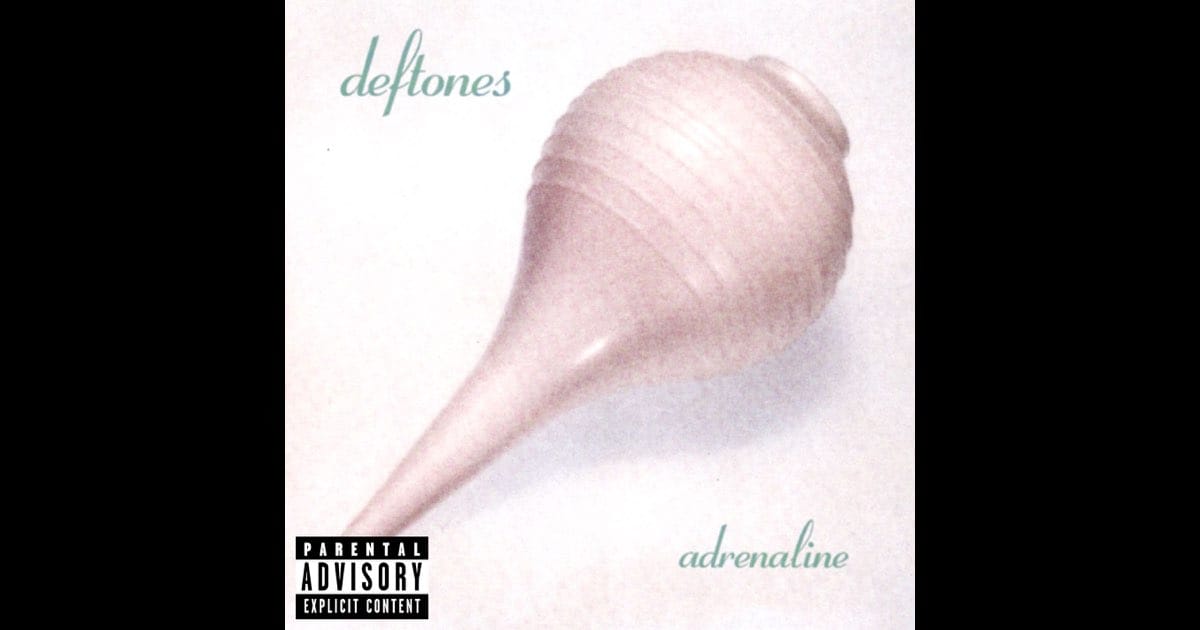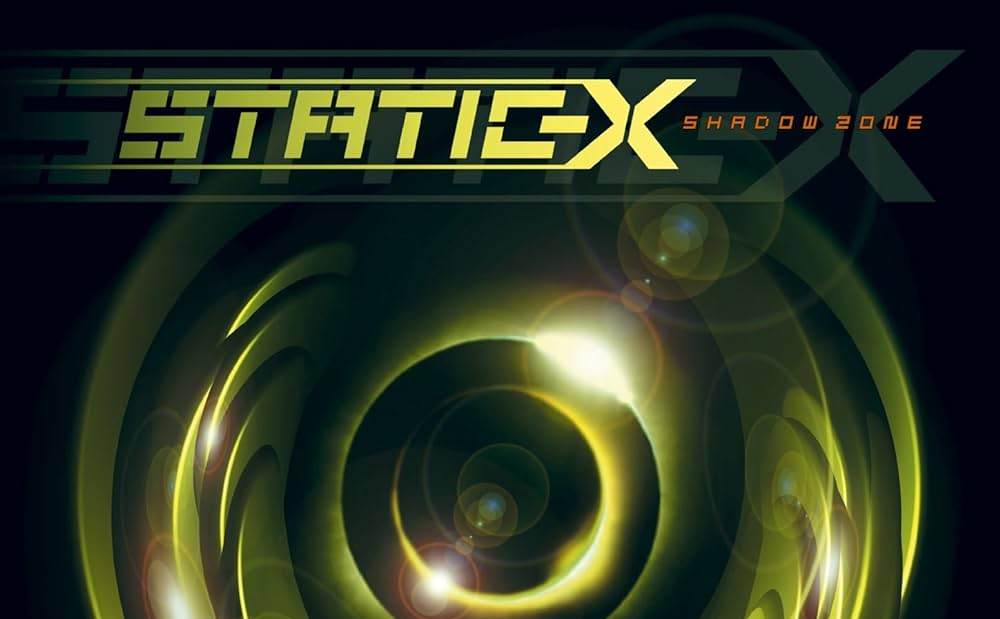In the year 2000, Spineshank spat in the face of the new millennium with an album so monstrous and violent, it could only be called The Height of Callousness.
Coming off their 1998 debut Strictly Diesel, Spineshank had established themselves as an outfit liable to be dangerous but still with much yet to prove. They fired wildly, but their aim was confined by the limitations of the existing nu metal sound.
While The Height of Callousness was no chart-topper for the genre, entering the Billboard 200 at number 183, it refined Spineshank’s sound from stray bullets to a laser-pointed raygun aimed straight at our cyberpunk present-future. “New Disease,” the second single, did make a home for itself in the canon of nu metal hits that reside about two layers down from the tip of the iceberg, putting Spineshank more or less permanently on the map for incoming headbangers. Now, with the album reaching its quarter-centennial and Spineshank back on the road and gearing up for potential new tunes, it seems like all too perfect a time to take a trip down memory lane and revisit what may be nu-industrial’s finest export.
I was one of those very up-and-coming metal listeners in my teens – disillusioned with a constantly changing and unstable world and eager to sink my teeth into anything that spoke to both my teenage angst and my love for overdramatic fiction.
The music video for “Synthetic,” the album’s first single, is my favorite example of how Spineshank flawlessly blended both of these things. Frontman Jonny Santos and his robot counterpart scream in each others’ faces, confronted by the horror of technology pushed past its understood limits. In the visuals and the lyrics – “Now I can't make up my mind, is this right / How I let you get inside of me?” – the band put forth a thesis on separation from the self communicated through the unique and deceptively simple language of digitally enhanced bashing and thrashing.
Spineshank’s sound on THoC unmistakably shares DNA with the industrial metal that rose to underground infamy in the 1990s, which had its torch carried by the likes of Nine Inch Nails. Even so, the sonic elements of industrial that are present on the record are applied with a light touch, at least compared to the muscular roar of the instrumentation. Like with many nu metal productions from Y2K and onward, the instruments feel more like producer GGGarth’s digital audio workshop came to life; still, one would be hard pressed to mistake this for Depeche Mode.
One track where the electronics make themselves more known is unfortunately “Cyanide 2600,” a mid-album track that fails to meet the other songs’ swelling choral success and tries to cover it up with an excess of frantic percussive production. Santos drowns in the mix, his message lost on the other side of a closing portal.
Otherwise, however, I would give every song on THoC an A grade - no small feat for a band so many wrote off as derivative or lunk-headed.
“Play God” is another highlight for me, wailing for vengeance over one of the heaviest tracks the band has to offer. I’ll forever be a sucker for scratched and sampled vocals, and this song delivers with the cut-up chorus at the end leading into an instrumental crusher of an outro.
The penultimate track “Negative Space,” too, stands out as a hidden gem. A more boxed-in production feel gives the sung choruses a sleek quality that contrasts beautifully with the album’s more abrasive edges. Lyrically, it embodies the hopeless eternity that is ever-present, if often unspoken, in many cyberpunk and other dystopian stories: “See wasted days inside me / No changing ways becoming / Falling away from nothing / Sobering days, I'm dying now.”
I won’t lie and try to convince anyone these guys are poets. “Seamless” wasn’t going to win a Pulitzer, just like it wasn’t going to win a Grammy. At the same time, I think the combination of some lean, effective lyricism with the overall green-and-black proto-techno-doomer package of this whole project really hits a certain chord I’m not sure has ever been topped.
I hope bands present and future can look at Spineshank’s blueprint and build from it, embracing the callousness they set forth and spreading the new disease to generations long after we’re gone. The Height of Callousness is an easy entry into the upper echelon of nu metal for me - and nobody is going to change my mind.








